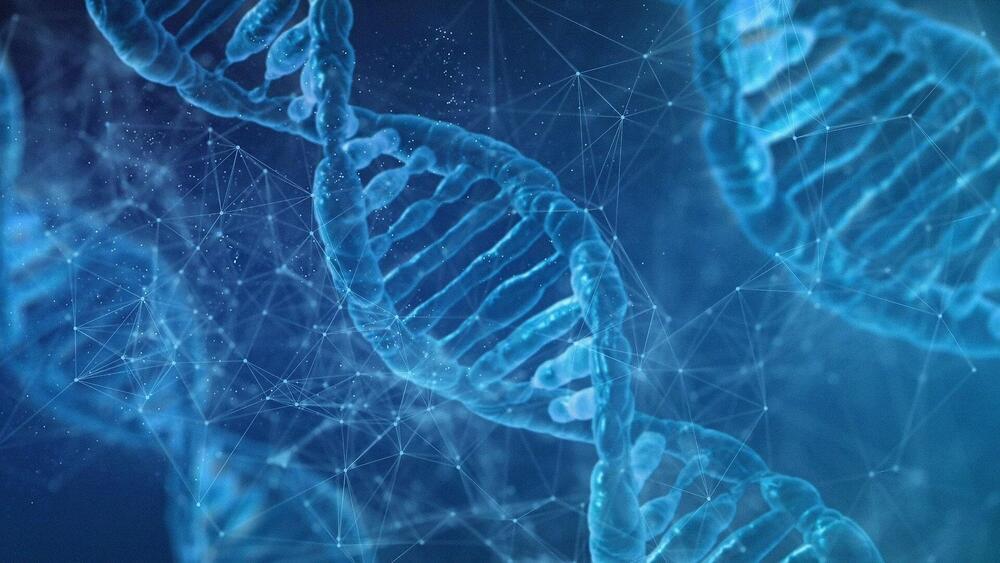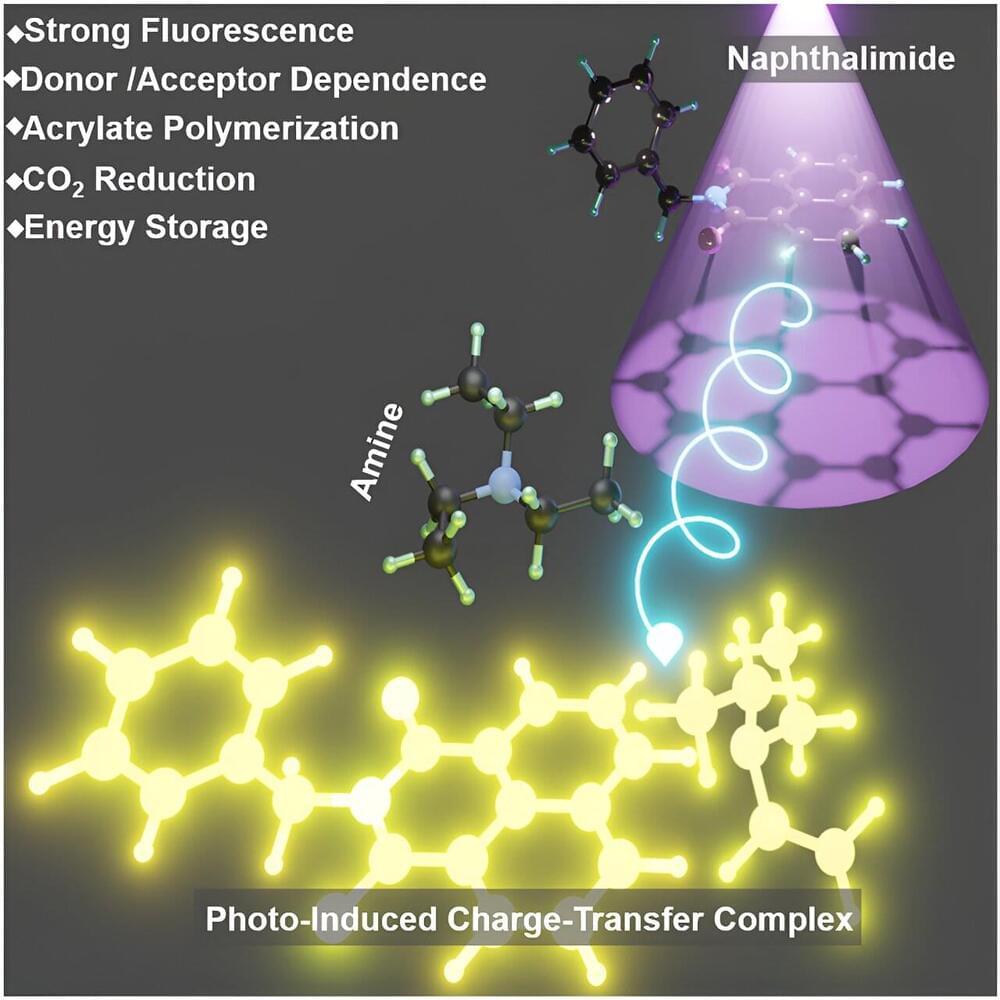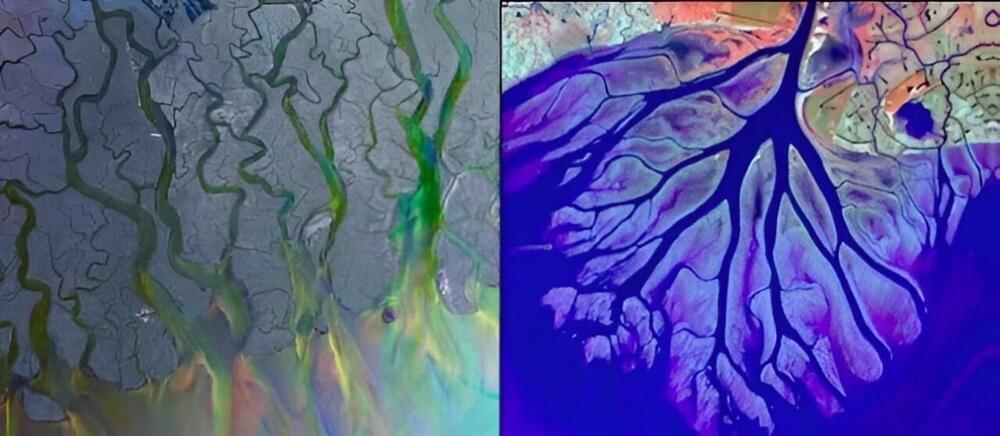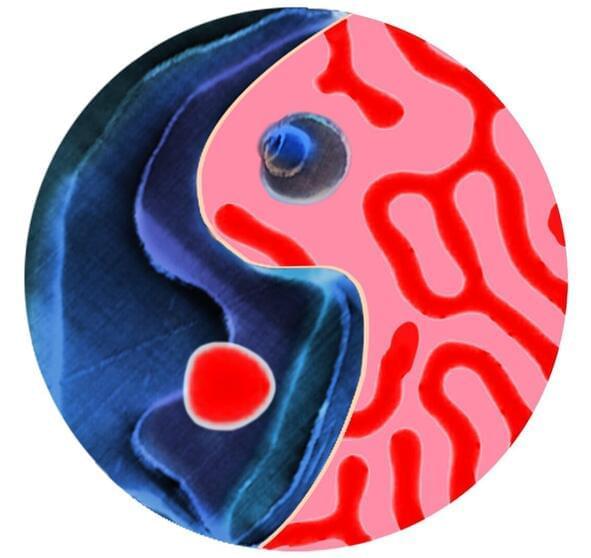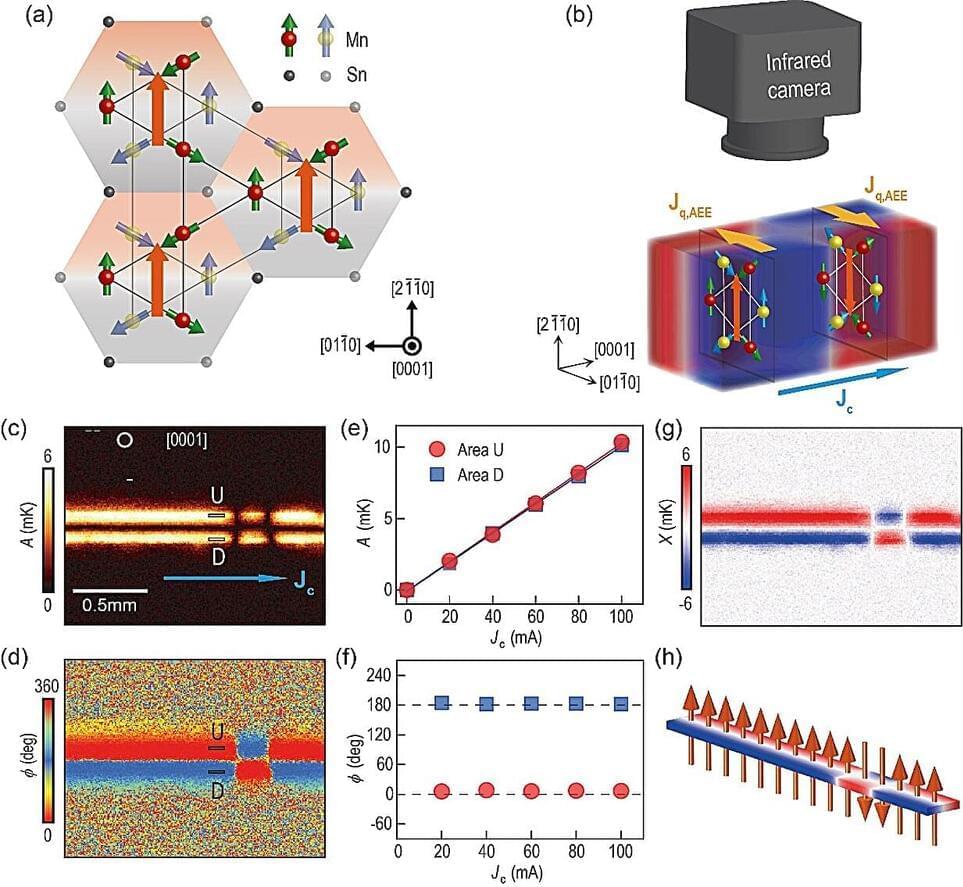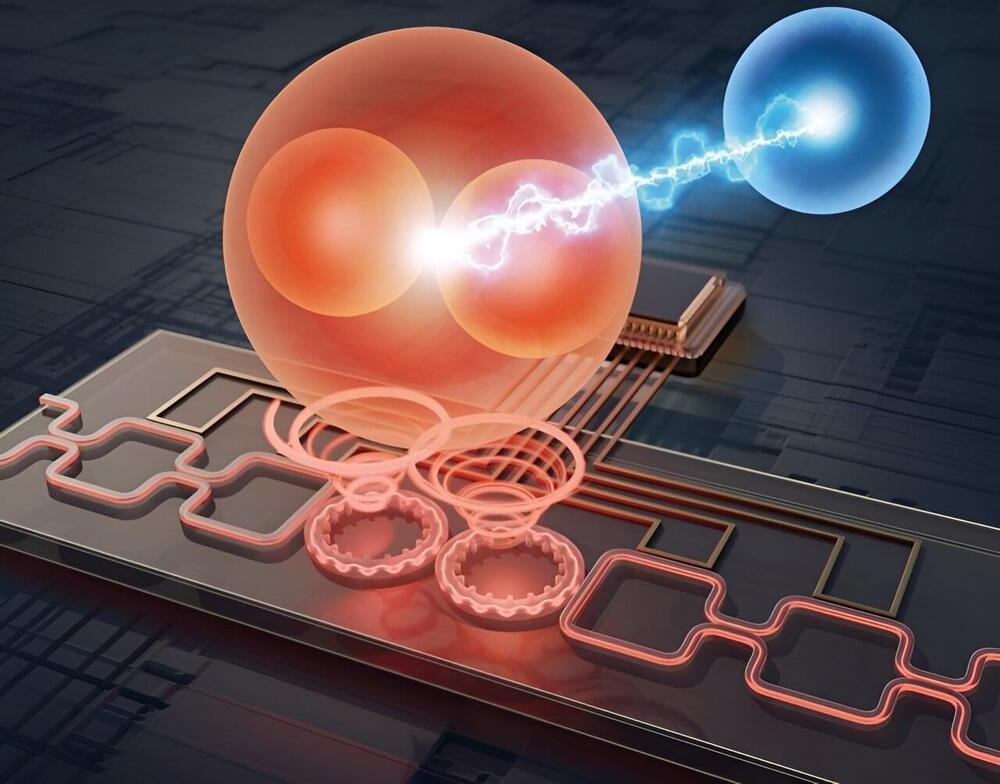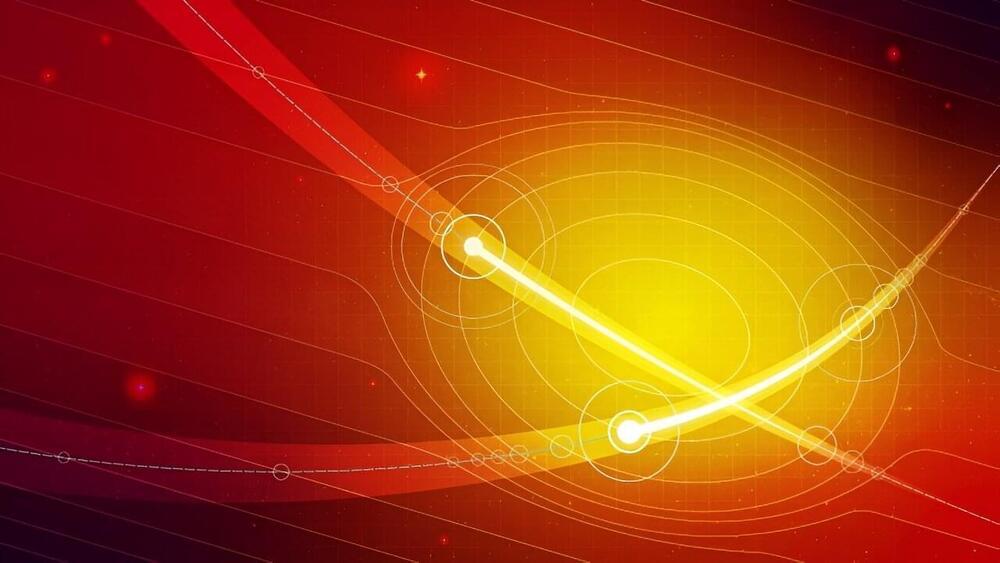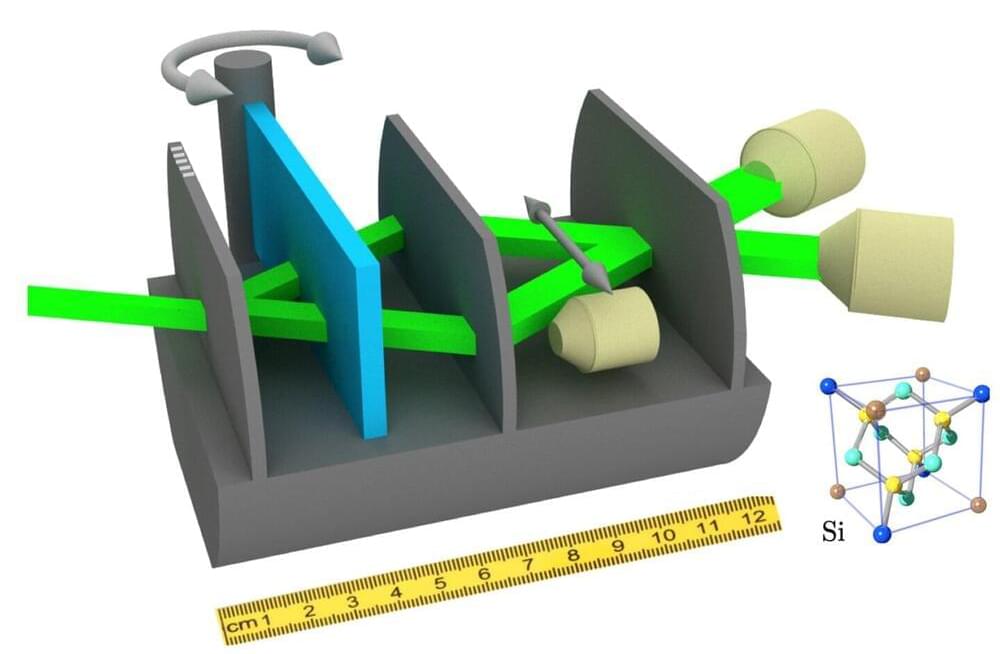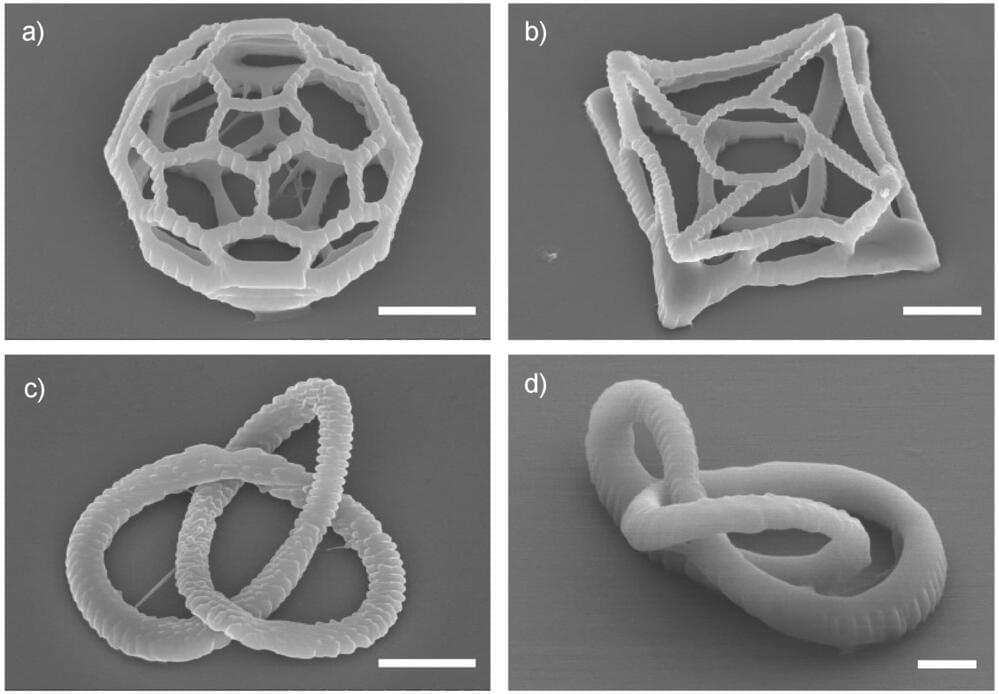Jul 3, 2024
Researchers uncover key mechanisms in chromosome structure development
Posted by Saúl Morales Rodriguéz in category: biotech/medical
Researchers at Rice University are making strides in understanding how chromosome structures change throughout the cell’s life cycle. Their study on motorized processes that actively influence the organization of chromosomes appears in the Proceedings of the National Academy of Science.
“This research provides a deeper understanding of how motorized processes shape chromosome structures and influence cellular functions,” said Peter Wolynes, study co-author and the D.R. Bullard-Welch Foundation Professor of Science. Wolynes is also a professor of chemistry, biosciences, physics and astronomy and the co-director of the Center for Theoretical Biological Physics (CTBP).
The research introduces two types of motorized chain models: swimming motors and grappling motors. These motors play distinct roles in manipulating chromosome structure.
